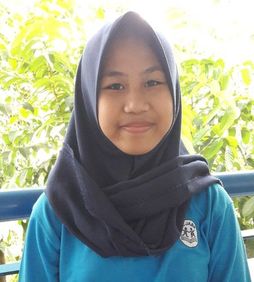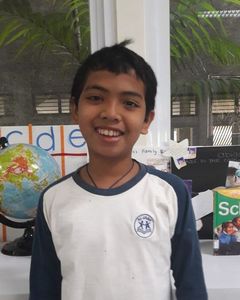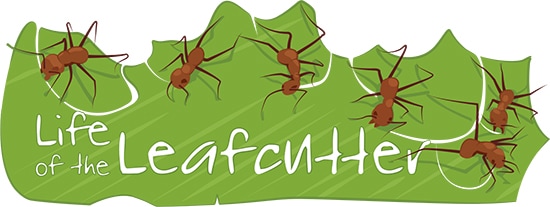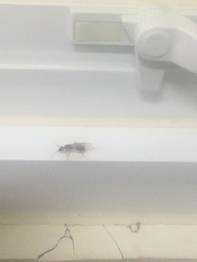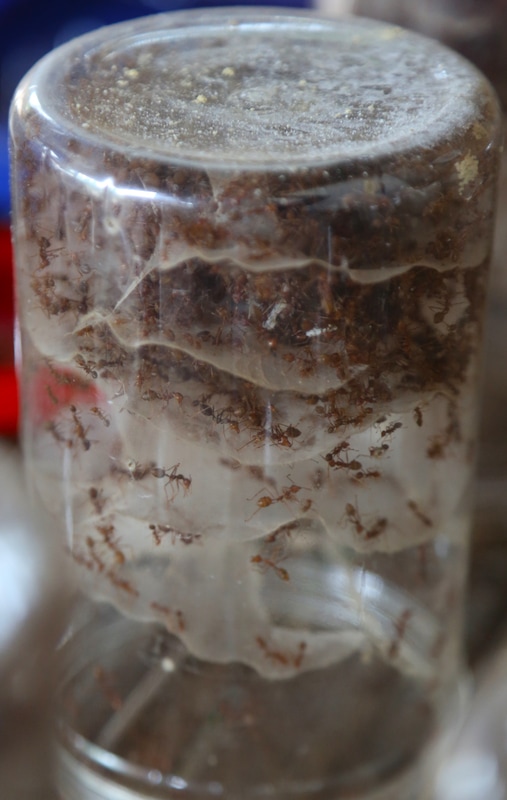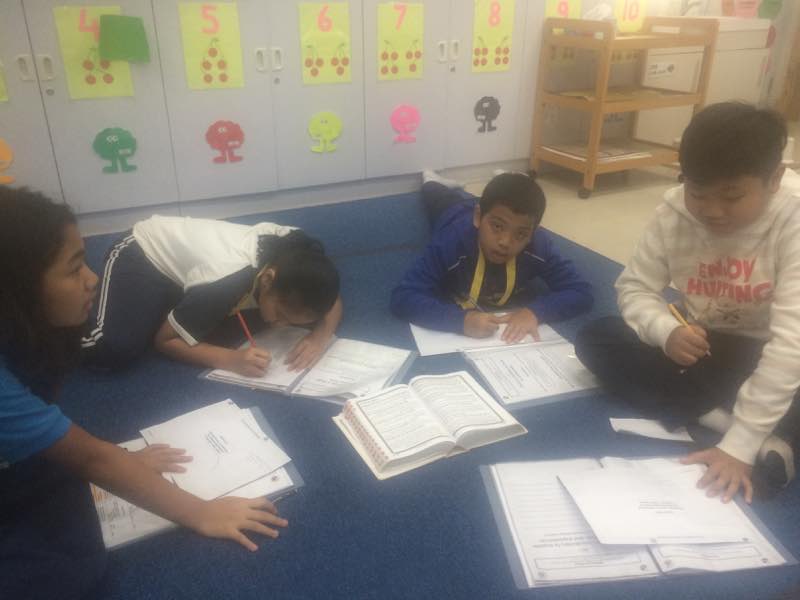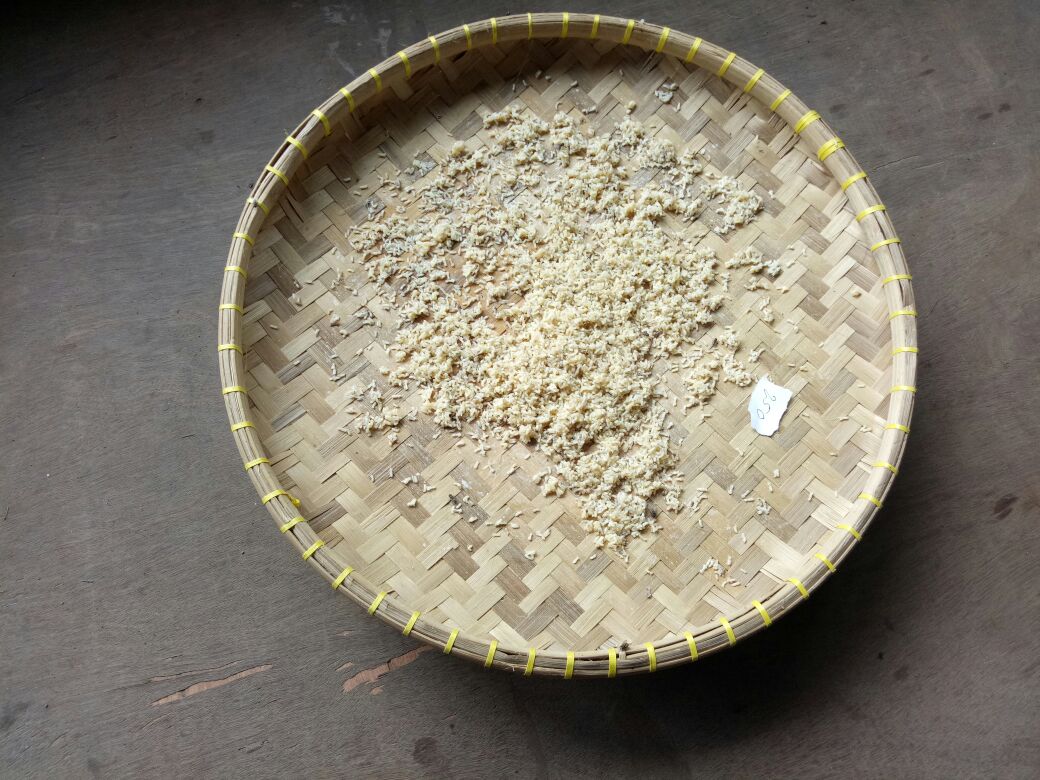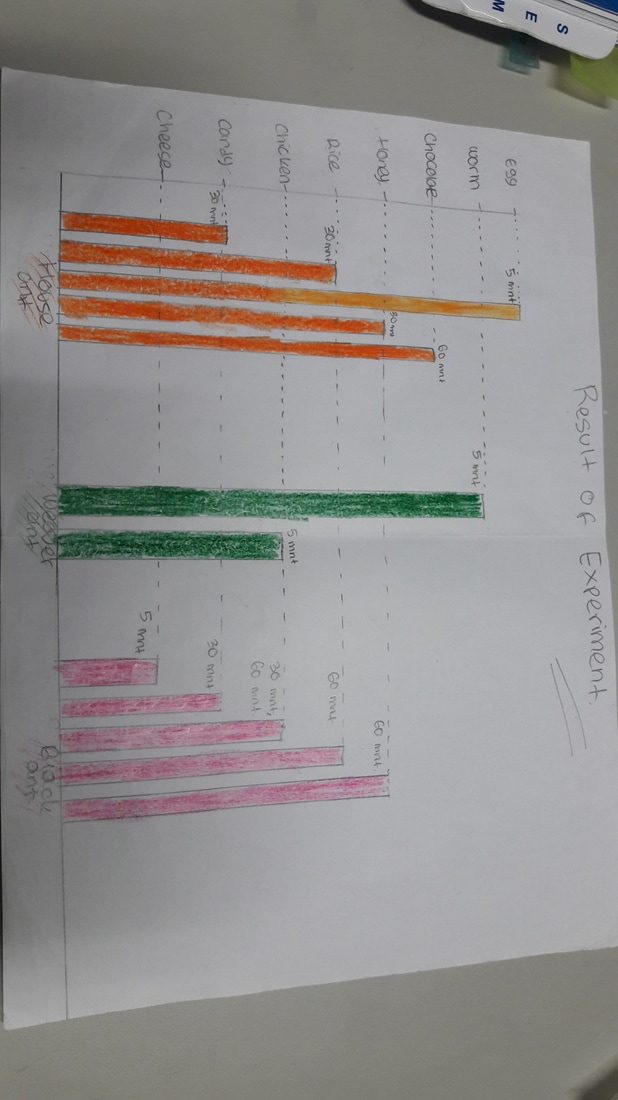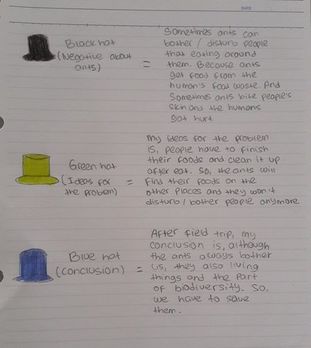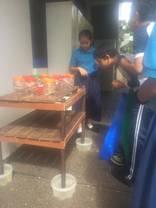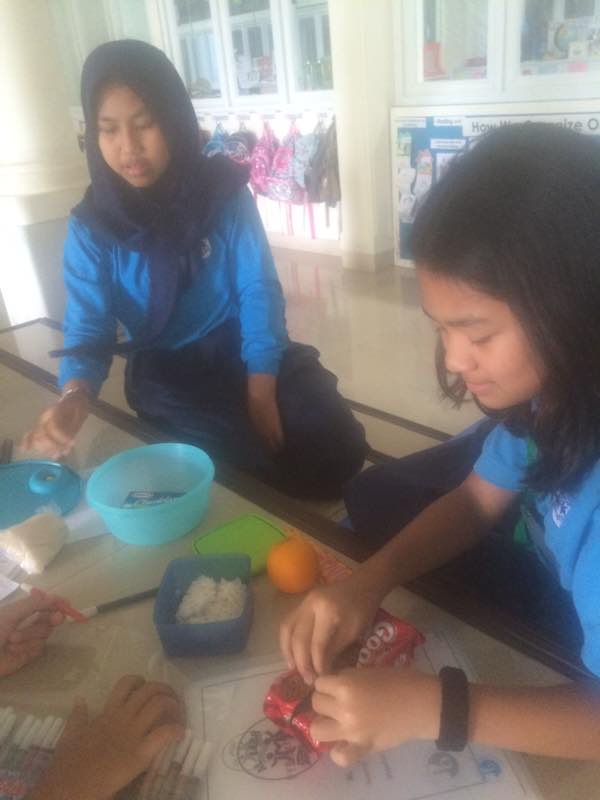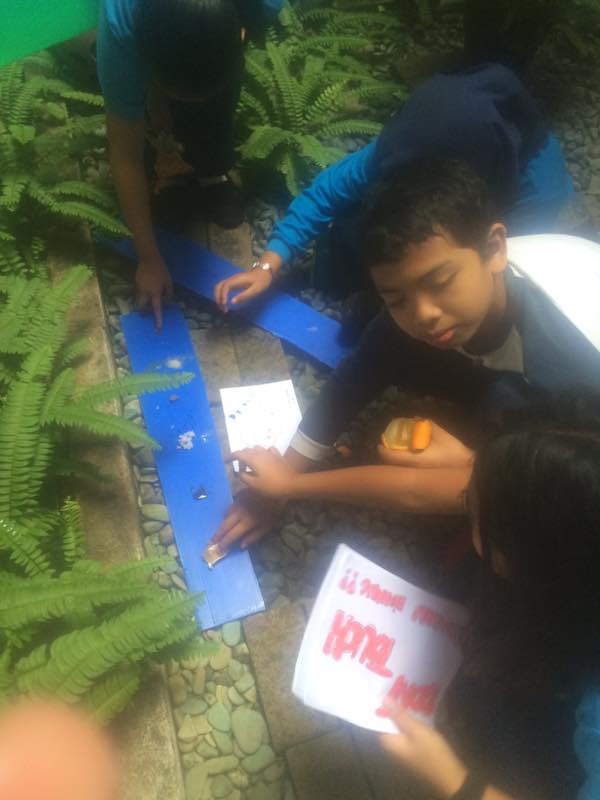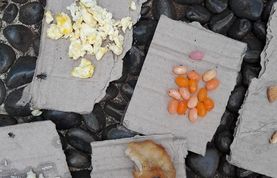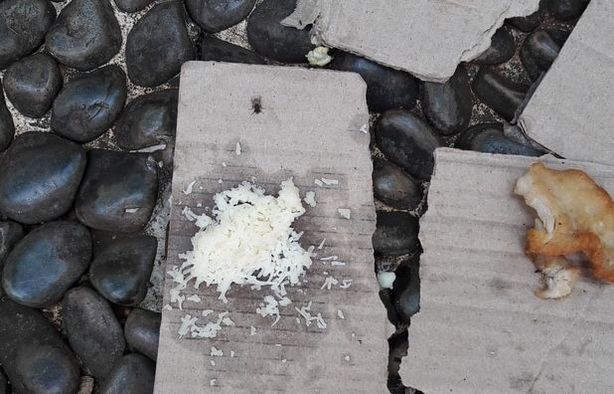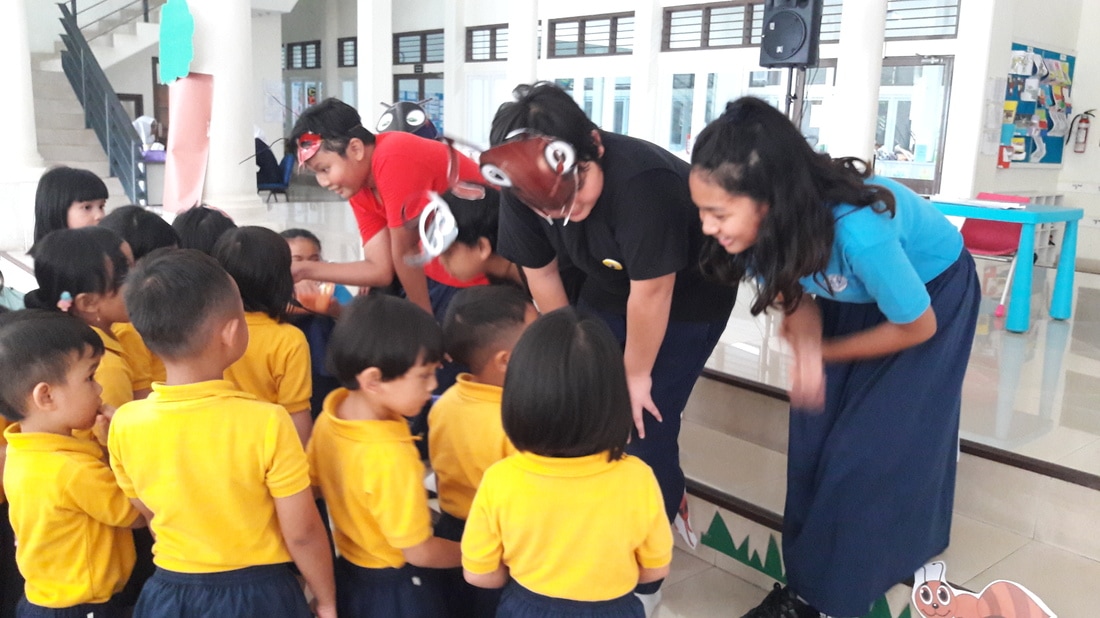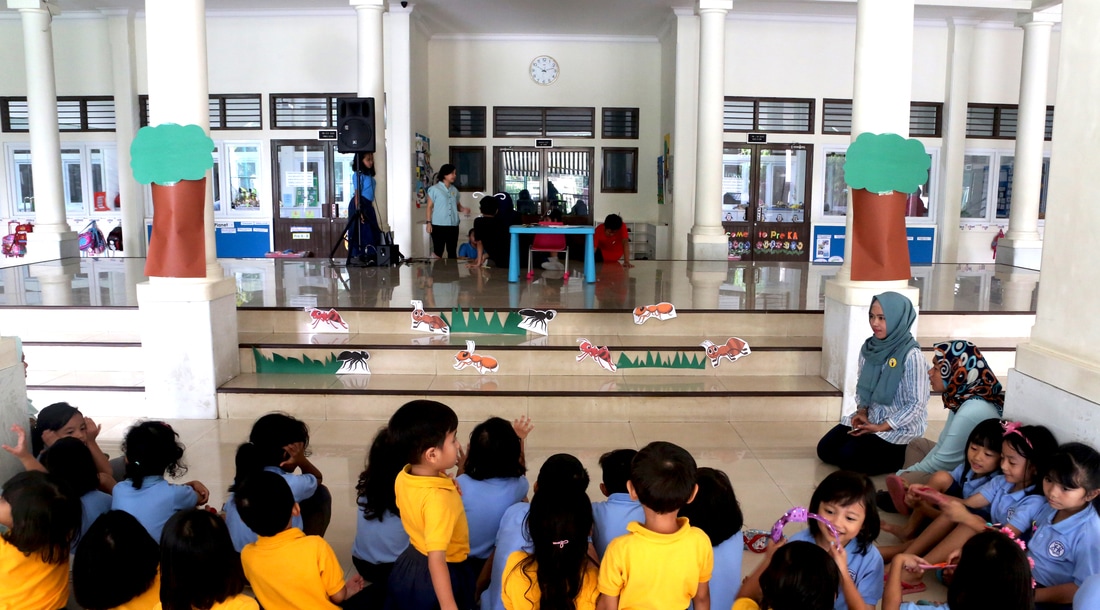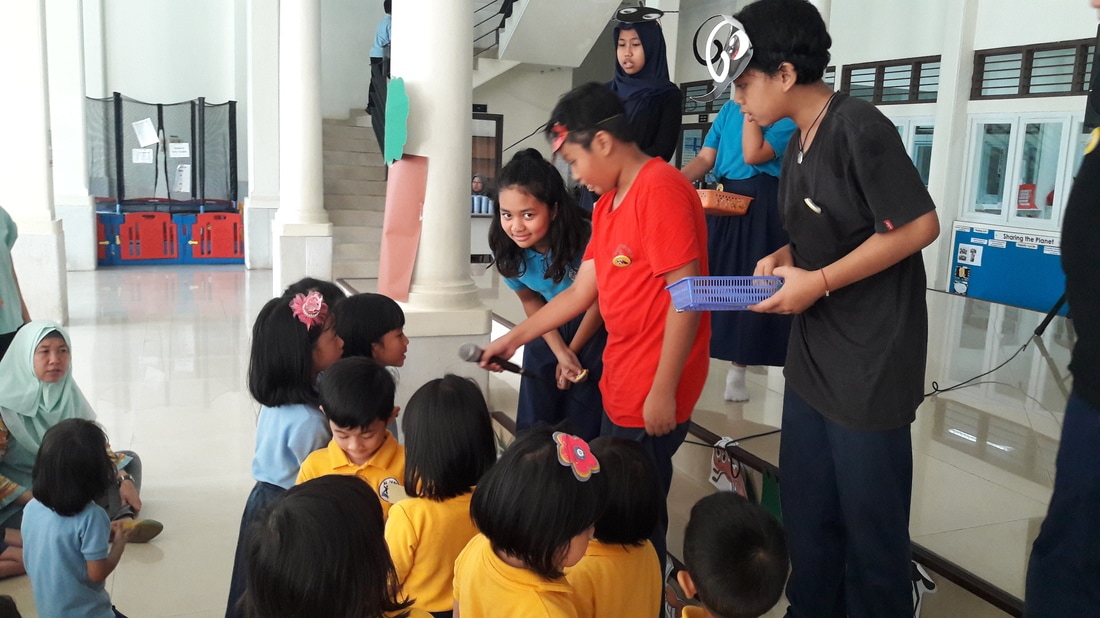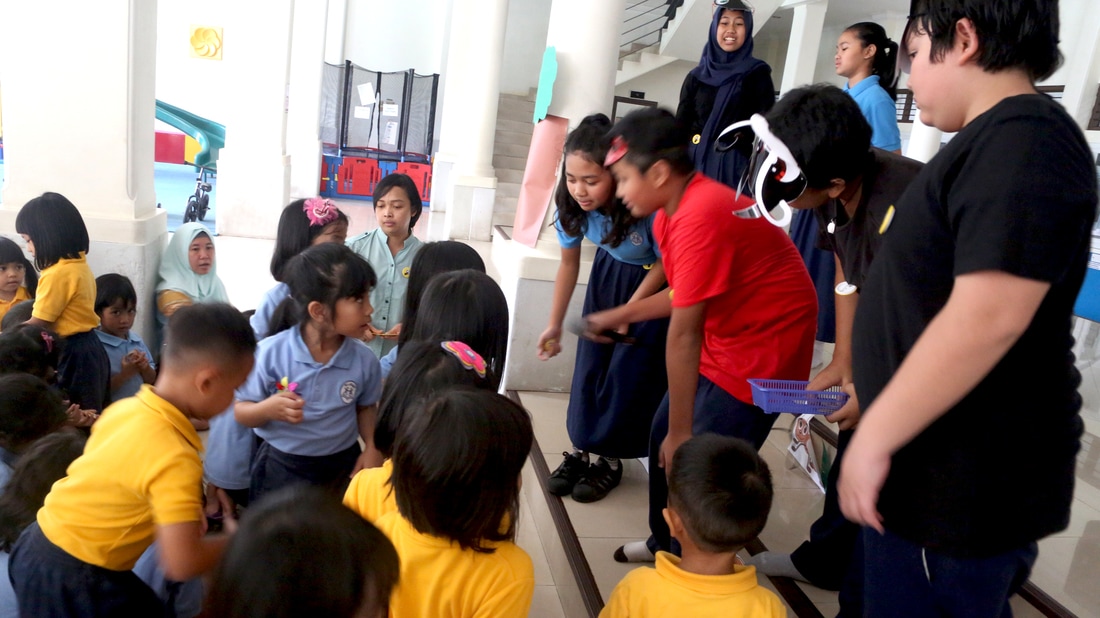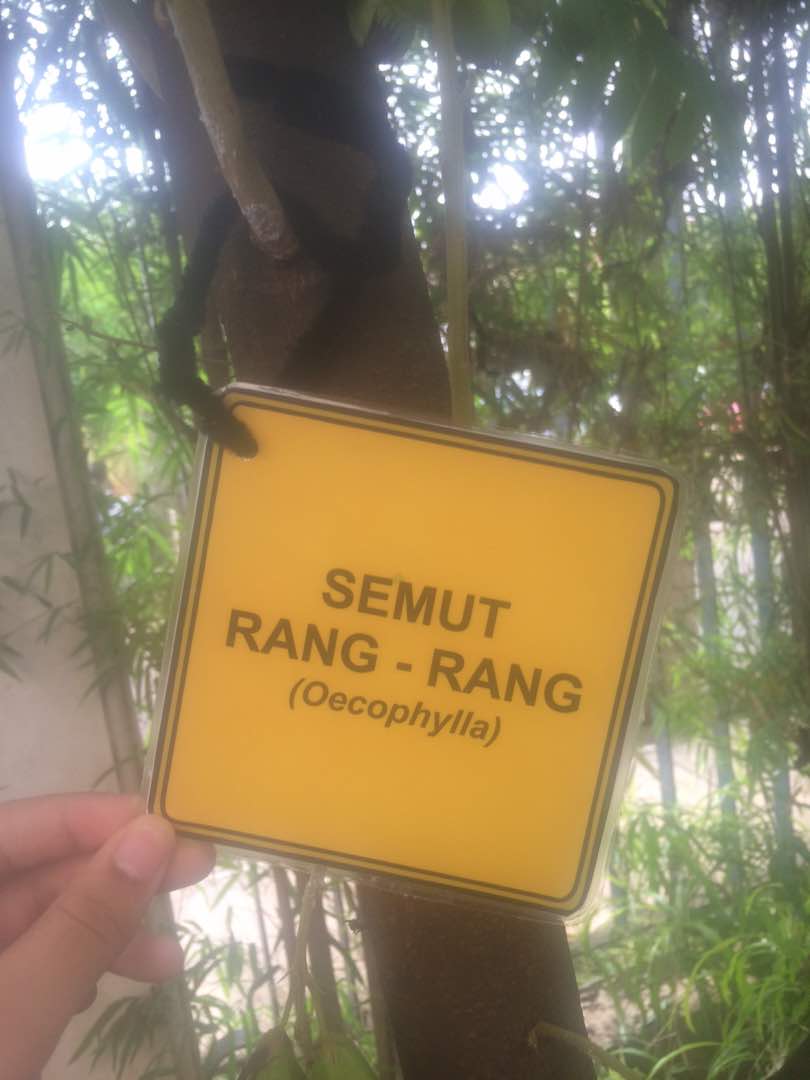The relationship between ant and the food type
Anything is possible when we work as Ant Team |
Ants are important components of ecosystems not only because they constitute a great part of the animal biomass but also because they act as ecosystem engineers. Ant biodiversity is incredibly high and these organisms are highly responsive to human impact. Ants are important in below ground processes through the alteration of the physical and chemical environment and through their effect on plants, microorganisms, and other soil organisms.
|
The students
The mentors
Biodiversity relies on maintaining the interdependent balance of organisms within systems
Key Concepts: causation, connection, responsibility
Related Concepts: Balance; Biodiversity; Interdependence
Lines of Inquiry:
• Ways in which ecosystems, biomes and environments are interdependent
• How human interaction with the environment can affect the balance of systems
• The consequences of imbalance within ecosystems
Learning outcomes:
Related Concepts: Balance; Biodiversity; Interdependence
Lines of Inquiry:
• Ways in which ecosystems, biomes and environments are interdependent
• How human interaction with the environment can affect the balance of systems
• The consequences of imbalance within ecosystems
Learning outcomes:
- Describe and examine the interactions of living things within and between ecosystems and interactions between living things and non-living parts of the environment
- Recognize that solar energy sustains ecosystems through a transformation of energy
- Investigate the conservation of energy in ecosystems
- Analyze the effects of changing a link in a food web
- Explain how human activities can have positive or adverse effects on local and other environments (for example, waste, agriculture, industry).
1. Exploring, wondering and questioning.
Fact about ANT
|
|
|
2. Researching and seeking information
Students observe different types of ant in school area. They identify the type of the ant and their food.
Students visited Kroto Bond Pusat to collect data about the weaver ant and their food.
3. Collecting data and reporting finding
Based on their observation, they identify the type of ant and their characteristic.
Students organized the data using 6 thinking hat
4. Deepening understanding through application of knowledge
Student think of their experiment. They start to complete their science journal and the scientific method. Students are preparing for their experiment.
5. Clarifying existing data and reappraising perception
Student conducted the experiment. They spread different type of food and identify type of ants that easily get attracted with our food.
6. Solving problem in varieties of ways
Students discussed about the habitat of ant.
Our Actions are:
Minimize the possibility of ants to come into certain places by :
· Demonstrating the importance of eating nicely by conducting role play ion front of early years students
· Putting some signage on the canteen’s table which reminds school community to eat nicely
· Putting signage in the certain areas that has specific ants based on our experiment.
Our Actions are:
Minimize the possibility of ants to come into certain places by :
· Demonstrating the importance of eating nicely by conducting role play ion front of early years students
· Putting some signage on the canteen’s table which reminds school community to eat nicely
· Putting signage in the certain areas that has specific ants based on our experiment.




